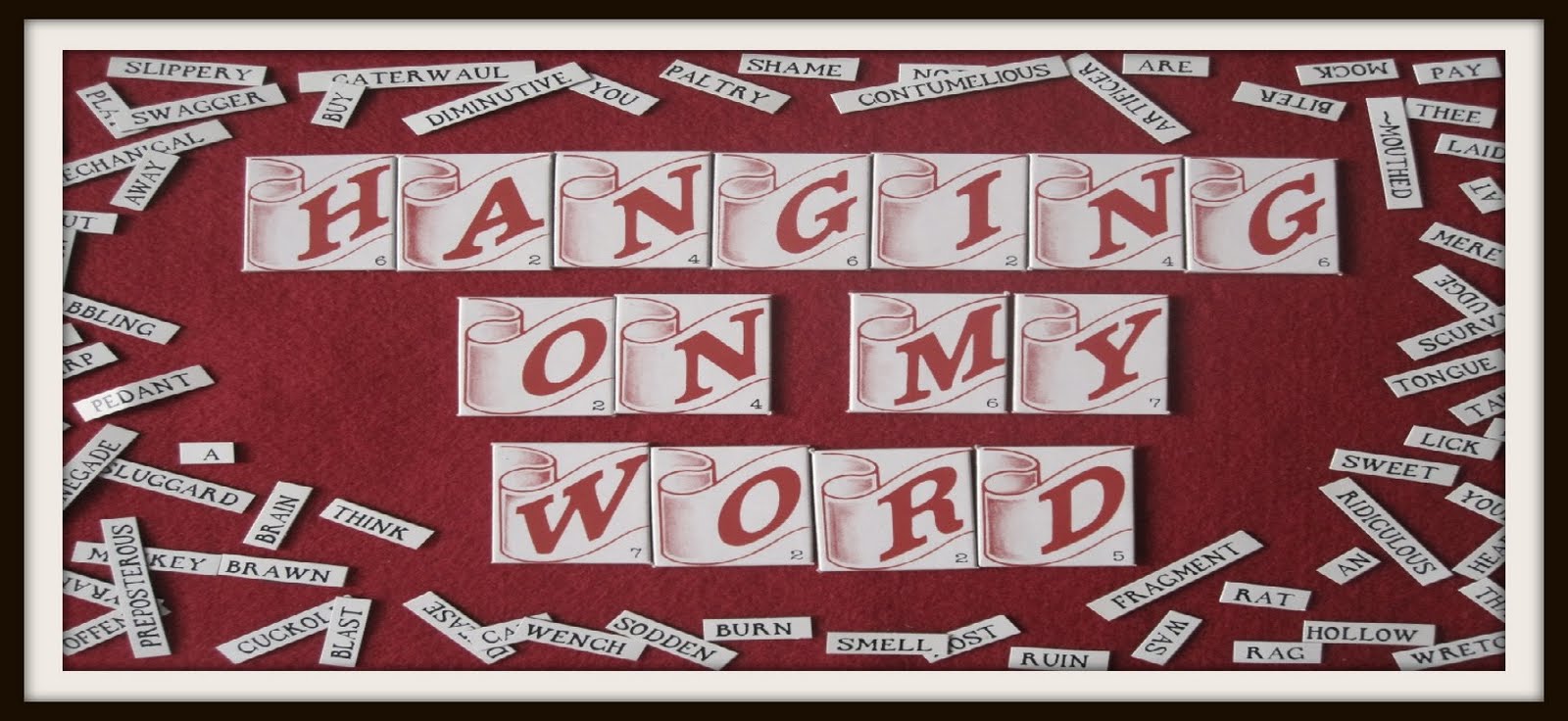Today is Mothering Sunday or Simnel Sunday. The fourth Sunday in Lent. Unfortunately it is rarely called that these days. Instead, it has become Mothers’ Day, and it is getting harder to find a card with the correct wording. My family have always made an effort to send me a card for Mothering Sunday and here are a few from my treasure box, including today's.
When my brother and I were young, in the 1940s and 50s it was the tradition to go to church, present your mother with a bunch of violets and possibly a box of chocolates, and generally make a fuss. It was her day to rest and be pampered, perhaps with breakfast in bed, a special Sunday dinner and other treats, and be showered with love and affection. Violets seemed to figure in card designs too. and below are the youthful efforts of my brother and me. At least I know the hanging one with the antiquated language is mine, but I’m not so sure about the other one.
Of course the best cards are the personalised ones. such as these which show how my grandchildren have grown.
And these made by my own children at various stages in their lives.
The origins of Mothering Sunday go back centuries in the Christian calendar, to a time when people would return to the Mother Church or Cathedral. This was to go ‘a-mothering’. In more recent times, young people living away from home or in service, would be given time off to attend their mother's church and take her flowers. Eventually the day became more secular and these days is often celebrated in the same way as Mother’s Days in Europe and the USA.
I don’t think many people will be baking Simnel Cake today either, and it is more likely to be associated with Holy Week. The cake has been known since medieval times, when it would be eaten in the middle of Lent, on ‘Refreshment Sunday’ when the forty day fast would be relaxed. Again, the cake was often baked as a gift for children to take to their mothers on this day, Mothering Sunday. Simnel is a light fruit cake with two layers of marzipan and toasted marzipan balls on top. An Easter convention is that there should be only eleven balls as Judas, the disciple who betrayed Jesus, is not represented.
Charles Causley, one of my favourite poets, wrote ‘Tomorrow is Simnel Sunday’ and it appears in my treasured copy of Collected Poems for Children’.
Tomorrow is Simnel Sunday
And homeward I shall steer
And I must bake a Simnel Cake
For my mother dear.
I’ll fetch me almonds, cherries,
The finest in the land,
I’ll fetch me salt, I’ll fetch me spice,
I’ll fetch me marzipan.
With milk and eggs and butter
And flour as fair as snow
And raisins sweet and candied treat
I’ll set it all to go.
And I shall search for violets
That scent the homeward way
For tomorrow is Simnel Sunday
And it is Mothering Day.
A very Happy Mothering Sunday, Simnel Sunday or Refreshment Sunday, to all mothers wherever you may be.





































